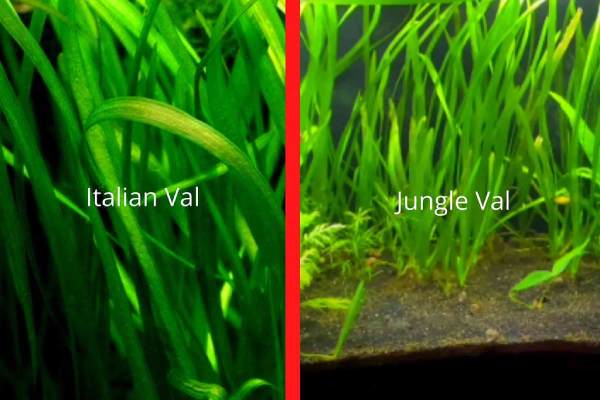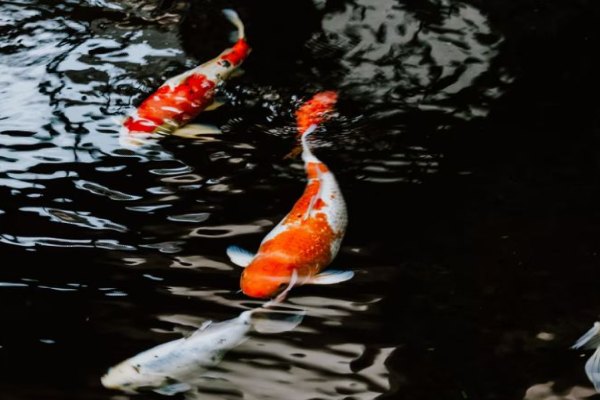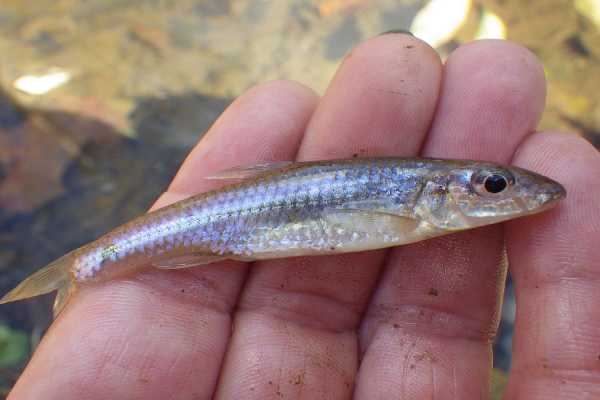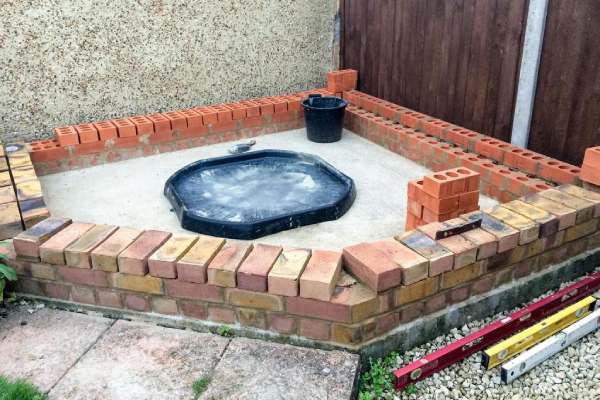Can Perch Live In A Pond? Building A Perch Pond
Perches are freshwater fish that prefer calm, slow-moving rivers, lakes, and ponds. Perches are protein-rich and tasty. They are also useful as bait for catching other fish.
Although 85.6% of people would benefit from having these protein-rich fish in their pond, the unsettling query “Can perch live in a pond?” keeps discouraging them. Others find building a perch pond challenging.
If you fall into either of these two categories, then this blog post is for you. If you can stick around a little bit longer, you will get to know all there is to know about perch in a pond, building a perch pond, and perch reproduction.
But before we dive in, let’s quickly look at the different species of perches.
Types of Perch
There are mainly three species of perches, which include the yellow perch, the Balkha perch, and the European perch. Perches are fast swimmers with a long and round body shape.
The three species are very similar in appearance, with some variations. Perches are largely carnivorous, preying on insects, crayfish, and other fish.
European perch
The European perch is a freshwater fish found in northern Asia and Europe. They are mostly found in deep ponds, lakes, and calm to slow-moving rivers.
The European perch has red fins and a greenish colour. They have darker-coloured vertical lines along their flanks and a noticeable hump between their heads and dorsal fins.
The European perch weighs anywhere from 1.5 to 3 pounds on average. Some of the bigger ones weigh more than six pounds. Their typical length is 10 to 15 inches.
Yellow perch
North America is where yellow perch are mostly found. They are also known as the American perch, American river perch, and striped perch.
Yellow perch, like European perch, prefer slow-moving rivers, lakes, and ponds. They prefer living in areas with lots of cover, like freshwater vegetation, where they can hide.
Yellow perch have six to eight dark vertical stripes running along their sides and golden to yellow scales.
Yellow perch typically range in length from six to twelve inches and weigh under a pound.
Balkhash Perch
Balkhash perch are predominant in Lake Balkhash and Lake Alakol and are not common in any other lake.
The Balkhash perch is a species of perch that also prefers quiet or very calm water. As adults, they feed largely on other fish. When young, they feed mainly on insect larvae.
The Balkhash perch has a lighter-coloured body than the European and yellow perch species. Its body is more elongated, its first dorsal fin is lower, and it doesn’t flaunt dark stripes on its flanks.
The average length of Balkhash perch is under 20 inches, and the average weight is more than 3 pounds.
Now that you have known the types of perches can you keep perch in a garden pond? Yes, converting your garden pond into a perch pond is the right thing to do, let’s take a look at what is needed for a typical perch pond.
What is needed for a typical perch pond?
Depth
For a perch pond, the first thing you need to consider is the depth. The depth of a pond must be sufficient to support perch. It’s preferable to keep perch in a pond that is 12 to 15 feet deep.
The depth of a pond also determines the quantity of perch you should stock in your pond. For a bigger pond, you can stock up to 500 perch, and 50 to 60 perch for a smaller pond.
Temperature
The ideal pond temperature for perch is between 58 and 77 degrees Fahrenheit, since they enjoy warm water. More than any other fish, perch need water that is between these two temperatures.
You shouldn’t release your perch in cooler locations because doing so will harm them. Do well to set the pond’s temperature to between 58 and 77 degrees Fahrenheit.
Sunlight
Your pond plants require 4-6 hours of direct sunlight each day to grow. They cannot successfully proliferate if there is not enough sunlight.
Four to six hours of direct sunlight per day will provide them with the energy they need for photosynthesis, which is the process by which plants produce their food and convert CO2 into oxygen.
Because perches breathe in oxygen, if your pond plant isn’t receiving enough sunlight for photosynthesis, there won’t be enough oxygen for your perch.
Supplementary food
In addition to many of their natural prey items, perches also require supplemental feeding. In ponds where prey species like insects and tadpoles may also exist, there may not be enough food to sustain normal growth.
Natural treats, especially those designed to satisfy their high protein requirements, can be fed to perch.
Brine prawns, insects, fish eggs, crayfish, bloodworms, and soybean meal (occasionally in frozen form) are some of these.
Predators
You will need predators to feed on your perch in order to decrease their population.
For your perch pond, you can utilize a variety of species as predators, such as largemouth and smallmouth bass, northern pike, musky, walleye, bowfins, burbot, and lake trout.
Obviously, perches can live in a pond. But how do you build a perch pond? That will be covered in the next section.
Building A Perch Pond (Step-By-Step)
The truth is, building a perch pond can be very challenging, but in this section, we will give you simple steps to help on how to build a perch pond.
Site selection
Selecting a suitable location is the initial stage in building a perch pond. The land must be flat and well-drained to avoid becoming waterlogged.
Perch fish rely on aquatic plants for sustenance, so it’s crucial that the pond be situated where they get plenty of sunshine.
Design
After settling on a suitable location, the next step is to sketch the pond’s layout. The quantity and quality of water at your disposal will determine the pond’s size and depth.
A good rule of thumb is that a perch pond should be 8 to 12 feet deep and at least 1 acre in size.
Excavation
The next stage is to excavate the area to the desired depth and form. A backhoe or excavator would be ideal for this task.
Designing the pond with shallow regions along its perimeter will give the perch a place to spawn.
Lining the pond
After the pond has been excavated, it must be lined to prevent water seepage into the soil. The pond’s bottom and sides can be lined with PVC or EPDM rubber pond liner.
Filling the pond
After the installation of the liner, the pond can be filled with water. Water from a well or surface source can be used interchangeably.
However, before filling the pond with water, make sure to test the quality of the water.
Introducing perches
Perches can be introduced once the pond has been filled. A small quantity of perch should be introduced first, and then expanded over time. The fish can be purchased from any trustworthy seafood vendor.
Introducing aquatic plants
The ecosystem of a perch pond benefits greatly from the addition of aquatic plants. They aid in maintaining water quality by giving perch a place to live and eat.
Plants like water lilies, water hyacinths, and duckweed can be added to the pond to enhance its aesthetic value.
Finally, you’ll want to keep up on pond maintenance to make sure it’s always a good environment for your perch.
This will require routine monitoring of the pond’s water quality as well as cleaning and weeding.
Now that you know everything about building a perch pond, you are probably thinking of constructing one, but you are still skeptical about pond perch reproducing. Well, that will be addressed in a minute, so keep reading.
Will Perch Reproduce In A Pond?
You know, perches, like many other freshwater fish, are oviparous, meaning their eggs are fertilized outside of the body.
Instead of making reds or nests, perch lay their eggs in a long, gelatinous thread that can be as much as 7 feet in length.
The male will swim over the thread once it has been fastened to the plant so that his milt can fertilize the eggs.
Conclusion
As you can see from the blog post, perches are pond dwellers, and the highlighted steps above make it simple to build a pond specifically for them.
So, if you’ve been thinking about putting some perch in your pond, you should go ahead and do it because they are safe.
It’s also understandable that building a perch pond can be challenging and exhausting. Feel free to use the aforementioned guidelines to build a pond for your perches.
FAQs
Yes, a pond is suitable for perches. In fact, perches are mostly found in lakes and ponds.
The average lifespan of a perch is only approximately 7 years.
Yes, perches can breathe air on land because of their gills and lungs, which are very similar to human lungs.




![6 Cheapest Substrates for a Planted Aquarium [2024]](https://pondmemo.com/wp-content/uploads/2024/01/cheapest-substrate-for-planted-aquarium-IMG_1.jpg)

